
Dental implants are titanium-based artificial tooth roots that are implanted into your jawbone. After that, a crown is connected to the implant, which gives it the appearance and function of your natural teeth, making it a good long-term alternative for missing teeth. Dental implants can be used to replace a single tooth, numerous teeth, or even an entire jaw of missing teeth. Dentures can also be secured by clipping them to dental implants to keep them from moving around.
There are two main parts to a dental implant: the crown part or the “tooth part”, and the implant part or the “root part”. The root part/implant is placed in the jaw bone first and left to heal for 3-4months before the tooth part/crown is screwed on the top for you to chew on.

Dental implants have been used for decades, with several studies demonstrating extremely high long-term success rates of 95-98%, as well as excellent aesthetic and functional outcomes.
Not only will replacing missing teeth with implants minimise the visual issue of gaps between your teeth, but it will also prevent neighbouring teeth from slipping into the area and becoming crooked. Implants can also help to support your jaw and prevent bone loss, helping you to avoid the ‘sunken face’ look.
After we complete your comprehensive oral health examination and 3D scan, we’ll let you know if you’re a candidate for dental implants. Your mouth must be healthy and free of problems such as tooth decay or gum disease before we can begin the implant therapy.
Age is not a factor as long as you have adequate bone in your jaw to support the implant. We may prescribe bone grafting or bone augmenting procedures if there isn’t enough bone to support the implant. These factors will be discussed with you during your comprehensive check-up and consult.





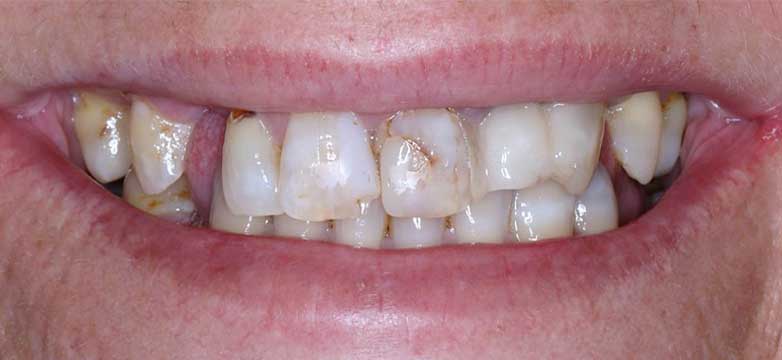
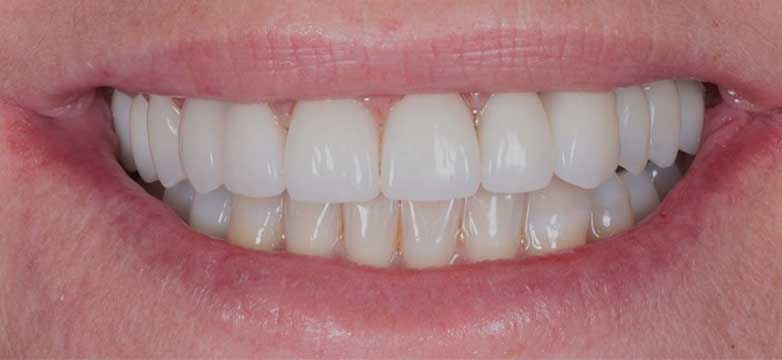
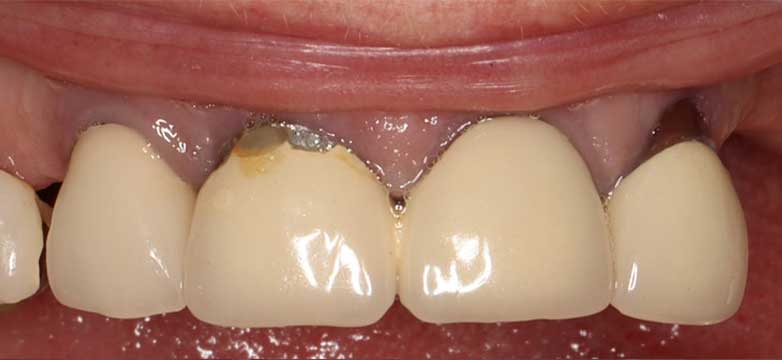
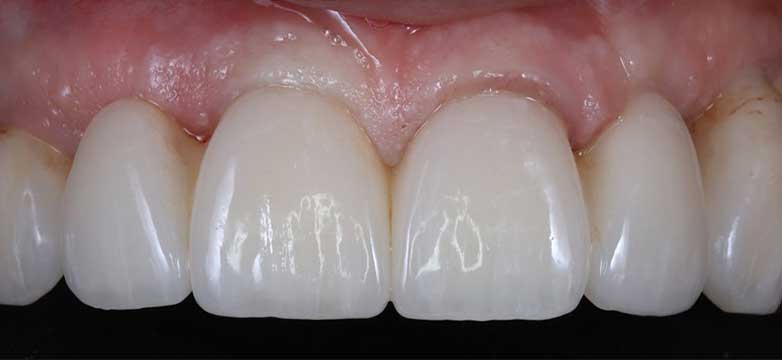
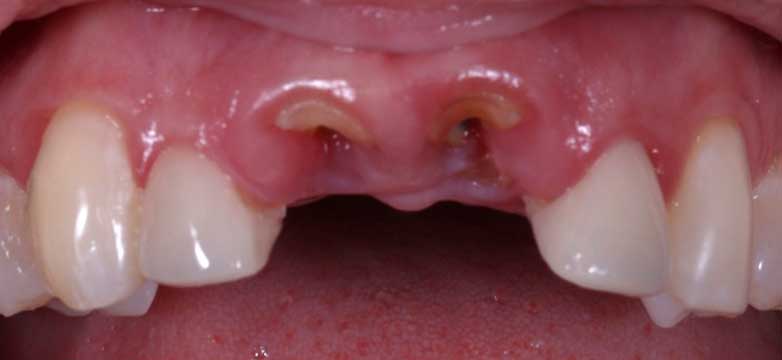
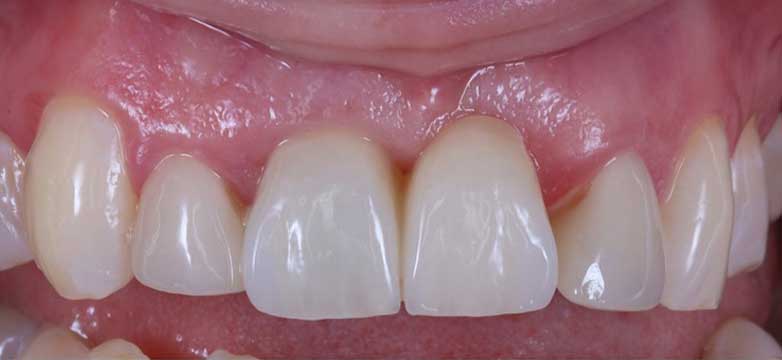
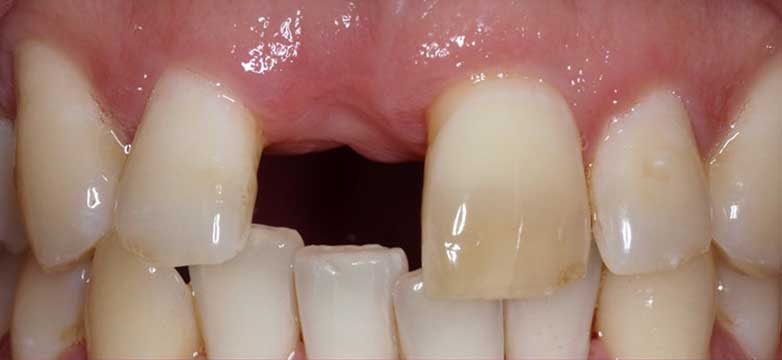
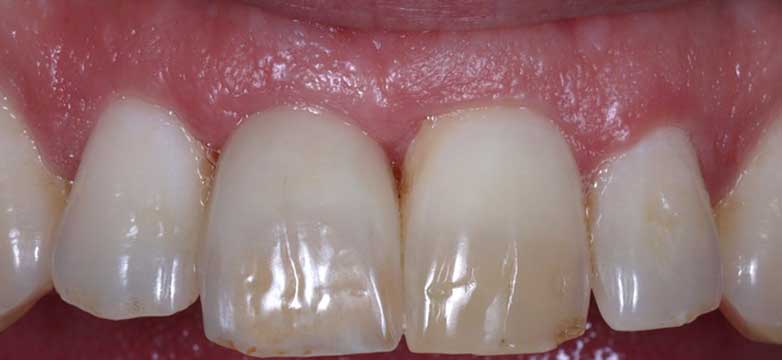
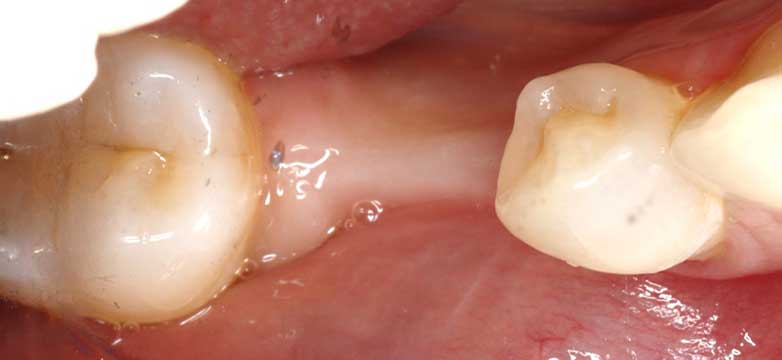
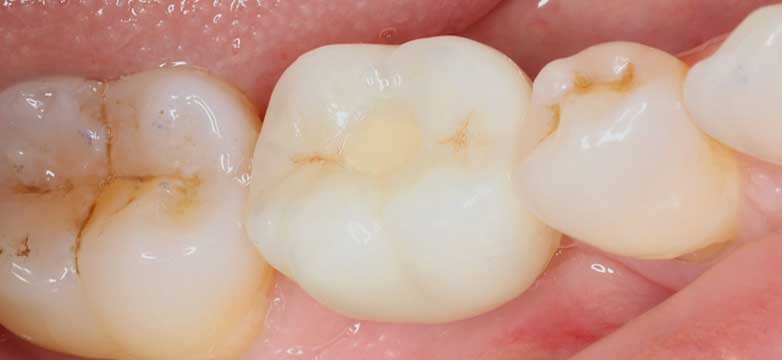
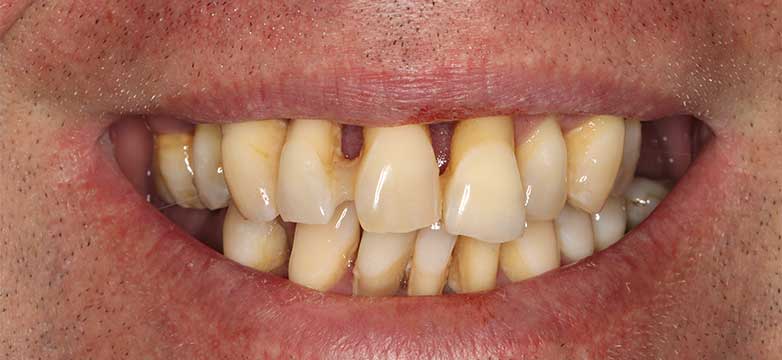
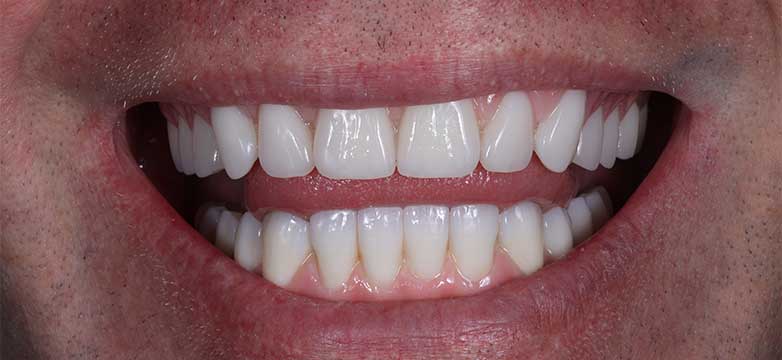

Consultation and records
At your first appointment we will meet with you and make sure you understand what is involved in the dental implant process. A thorough check of the implant site will be conducted to determine the best treatment option. We will also take X-rays and prescribe a 3D CBCT scan to plan your implant digitally.


Placement of the Implant
At this appointment we will place the implant in the mouth. The dental implant will then be left to heal for around 3-4 months. During this period of time the bone slowly ‘fuses’ to the implant. This is painless procedure which is done under local anaesthetic. You generally do not feel any sharpness or pain during the entire process. For our more anxious patients, IV sedation (HYPERLINK to iv sedation page) is available and so is Nitrous oxide.
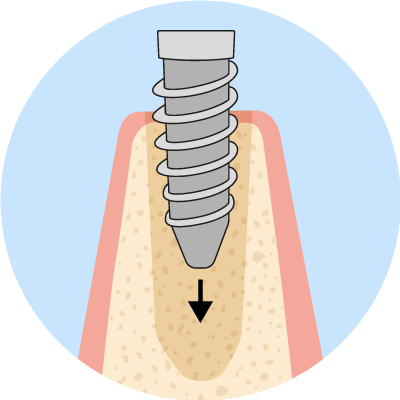

Review and removal of stitches
We will conduct a review around 1-2 weeks after the placement of the implant. At this appointment we will check to ensure the healing process is going smoothly and also to remove any stitches that may have been placed.
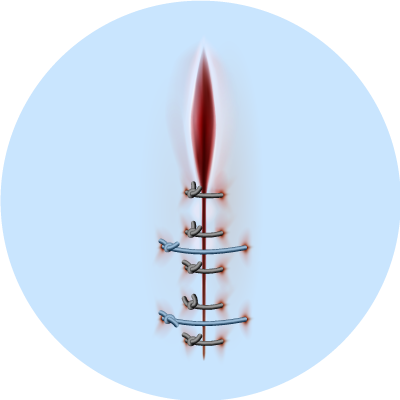

Impressions/Scan
After 3 – 4 months we will then check the integration and stability of the implant. At the same appointment we will then either take a 3D digital scan of your jaw with our Trios Scanner or take traditional impressions/moulds of your jaw. The purpose of this is to capture the position of the implant. These scans or impressions will then be sent to a laboratory. The laboratory will then hand-make the crown or “tooth” to fit your mouth exactly. Usually the tooth/crown is made out of ceramic materials that are very strong, aesthetically pleasing and do not stain over time.
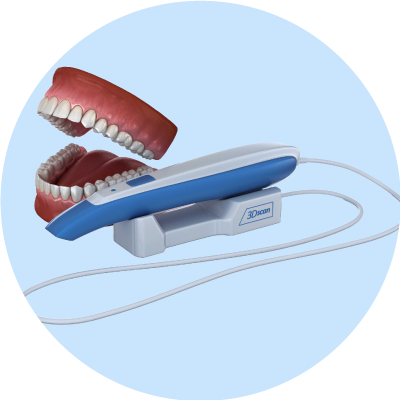

Insertion of the crown
At this appointment we will insert the crown and make sure that it fits your mouth and bite precisely. Congratulations, you have a new tooth!
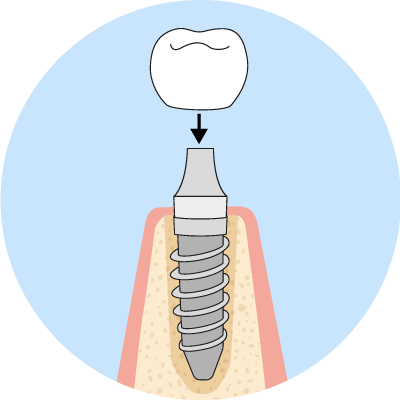
When a tooth is removed or has been missing for awhile, the bone that normally supports the tooth shrink and resorbs away. For a more successful long-term outcome, dental implants require 360 degrees of bone around the implants.
This means in some circumstances, there isn’t enough bone to support a dental implant predictably for the long-term. If there isn’t enough bone a procedure known as guided bone regeneration can be done simultaneously.
When there isn’t enough bone available, most times an additional procedure called guided bone regeneration can be done at the same time as the implant placement. In very rare cases, if there is very little bone, then the bone regeneration procedure would need to be conducted before placing the dental implant.
Rest assured, this is a common procedure, and in most cases because we do this procedure at the same time as implant placement there is only a minimal amount more of pain and/or swelling which is very well controlled with medications that we will prescribe to you.
There are a few sources where the bone comes from, however the most commonly used source is from a bovine origin (Bio-Oss). There are also other alternatives available such synthetic grafts or allografts.

The implant is not surrounded by bone here and the threads are visible.

When conditions indicate that bone grafting is necessary, the time it takes to finish treatment will usually increase. In most cases, dental implants are ready to be used after three months if no bone grafting is required. If bone grafting is required, the treatment time is generally increased to four to nine months depending on the amount.



Dental implant therapy differs depending on the circumstances of each patient. Some of our prices are given below. Because each patient’s circumstance is unique and different, the prices provided below are simply a guide. After we have analysed all of your records, we will give you with a more personalised quote.